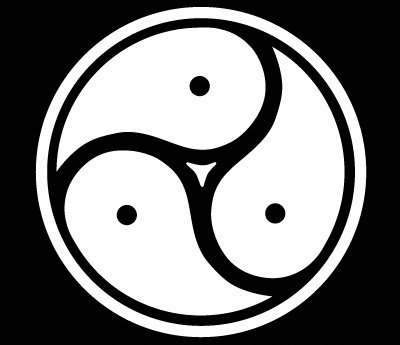Acupuncture
When I first learned about Acupuncture, I thought it was a system where you put in a needle that would take care of pain and any other ailment. I was wrong and quickly found out that it’s much more intricate than sticking someone.
There is a clear intent behind every part of a treatment. The intention and even the words I use to help a patient to heal as quickly as possible; are of utter importance!
Each Point is chosen for a specific purpose and the Energy — or Qi — put into the treatment, activates the needles and moves the Qi into the Meridians.
Each Acupuncture Point has a unique Indication and Action. Every word I choose in the Clinic has its own Energy.
For instance; Stomach 36 - which is called Zusanli - helps build the Immune System, and has a grounding effect on the Body and Mind. It’s also considered a Longevity Point.
Liver 13 - which is the Zhangmen - affects all Yin Organs and is a great point for general weakness.
When a patient is exhausted, Acupuncture restores them quickly. When combined with Medical Qi Gong — plus Ozone Therapy — the Healing Effect is quite amazing!
Acupuncture involves inserting small needles into various points (“Acupoints”) in the body to stimulate nerve impulses. This may sound scary to you at first, but you will be surprised they don’t hurt. The needles are so fine that they go in and come out without even A drop of blood.
Traditional Chinese acupuncture is based on the idea of ‘Qi’ (vital energy) that travels along the ‘Meridians’ which the acupuncture points affect.
Acupuncture, treats a broad range of conditions and is a treatment which encourages the patient’s body to cure itself. Acupuncture is one of the oldest medical procedures in the world. It has its origins in China, more than 2500 years ago.
Acupuncture is the premier medical treatment in the world. More people get acupuncture treatments than any other treatment available today.
In acupuncture, the nerves in the skin and muscles are stimulated by the penetration of thin, metallic, solid needles at anatomic points also known as acupuncture points - or acupoints - and this produces a wide variety of effects. It causes the system to increase the release of natural painkillers.
These natural painkillers — endorphin and serotonin — are released in the pain pathway of the brain and the spinal cord causing the pain signals which are received to be modified.
In acupuncture the Chinese terms Jing Luo means meridian or channel and Qi (chi) means natural energy or vital energy and Xue mean acupuncture points or acupoints. The Qi or energy circulates throughout the channels or meridians of which there are 12 main ones and 8 minor ones.
There are two common terms in the traditional Chinese medicine system. They are Yin and Yang. Yin is female while Yang is the male principle. Harmony is achieved when these are in balance.
If there is an imbalance of the two, the flow of vital energy is blocked and it is believed that dis-ease comes as a result of this imbalance.
Imbalances can occur when a person is depressed due to grief, anger or fear. And also, when stressed or when it is very cold, very hot, humid, windy or dry. Factors such as an improper diet, exhaustion, overwork, and too much sex can bring about this imbalance as well.
Acupuncture can restore this imbalance of energy.
Stimulation of the immune system is brought about by Acupuncture. It also influences the release of various hormones that take part in helping the body to react to injury and stress.
In cases where the use of Western medicine is said to be very limited - like chronic pain management and drug addiction - Acupuncture has shown encouraging results.
A disease is usually viewed as a disharmony, and treatment is directed toward balancing. Therapy may include the use of acupuncture, bodywork, dietary advice, and herbal formulas.
What can Acupuncture and its therapies be used for?
Musculoskeletal pain/back pain
Headaches
Menopausal symptoms
Arthritis
Insomnia
Sciatica
Carpal tunnel syndrome
Menstrual disorders
Stress-related conditions
Digestive disorders
Fatigue
Adverse effects of chemotherapy
Mental-emotional problems

